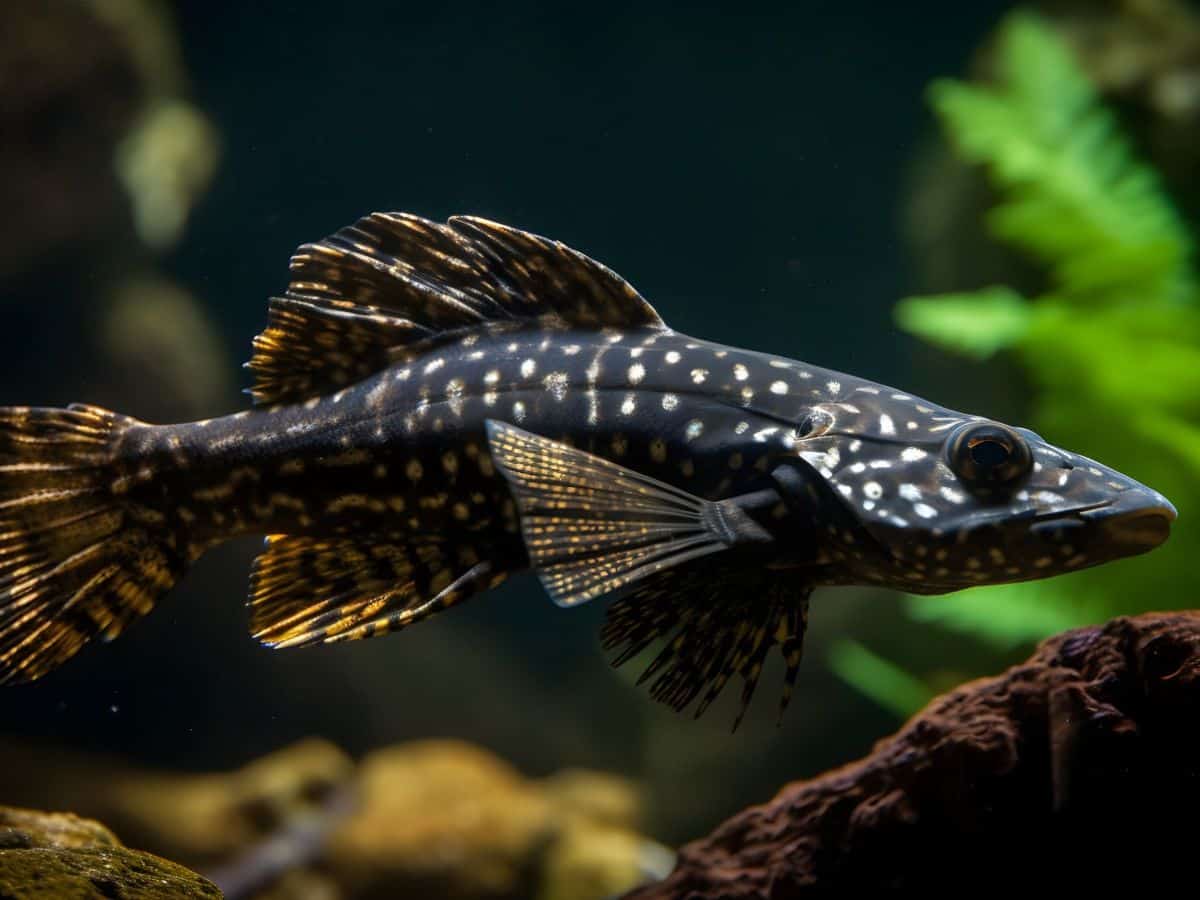
A research study conducted by a Hyderabad-based Laboratory for Conservation of Endangered Species (LaCONES) has revealed the invasive reappearance of the notorious sailfin catfish, commonly known as devilfish, in 65% of the waters in the Eastern Ghats of Telangana and Andhra Pradesh.
The presence of the devilfish was first observed in the vicinity of the Krishna River in Vijayawada in 2016. However, the recent sightings have sent shockwaves through the local fishing communities.
The body of the devilfish is armoured with sharp spines, which can tear fishing nets easily. Their origin is South America and these have no commercial use. Moreover, there have been troublesome incidents where fishermen were injured while handling these fish species.
Additionally, the devil fish are also known as pterygophlichthys, can survive in a hypoxic (less oxygen) environment and are hard-nosed omnivores. They can also walk on land with the help of their strong fins.
The study conducted by LaCONES, which is a part of the Center for Cellular and Molecular Biology (CCMB), said that the devil fish can also prey on native fish species, and it is crucial to control their population, as both the states of AP and Telangana are home to 152 different freshwater species.
The study result was posted on the online research portal bioRXIV on August 27.
It discovered the presence of the devilfish in different water bodies using a non-invasive technique involving DNA in the Eastern Ghats. Moreover, the mysterious creature was sighted at several places in the Godavari river, but it entered Krishna after they were linked to stabilising the Krishna delta. Subsequently, the fish found its way to the Prakasam barrage in Vijayawada and then to the upstream of Krishna and Musi.
The study revealed how devilfish can pose a potential threat to the ecosystem and also addressed the importance of early detection of these invasive species. It said, “Out of the 14 species listed as invasive by India’s National Biodiversity Authority (NBA), six were introduced solely for the ornamental fish trade. Among those six listed species, four belong to Pterygoplichthys, making it one of the most invasive genera of fish.”
Researchers are urging DNA-based technology to provide a strong alternative to traditional detection methods like visual surveys and netting.
“This non-invasive, susceptible, and user-friendly technique offers the advantage of detecting invasive species even in areas where direct observation is challenging, thus addressing the shortcomings of traditional techniques and enhancing overall accuracy in estimating distribution.”
